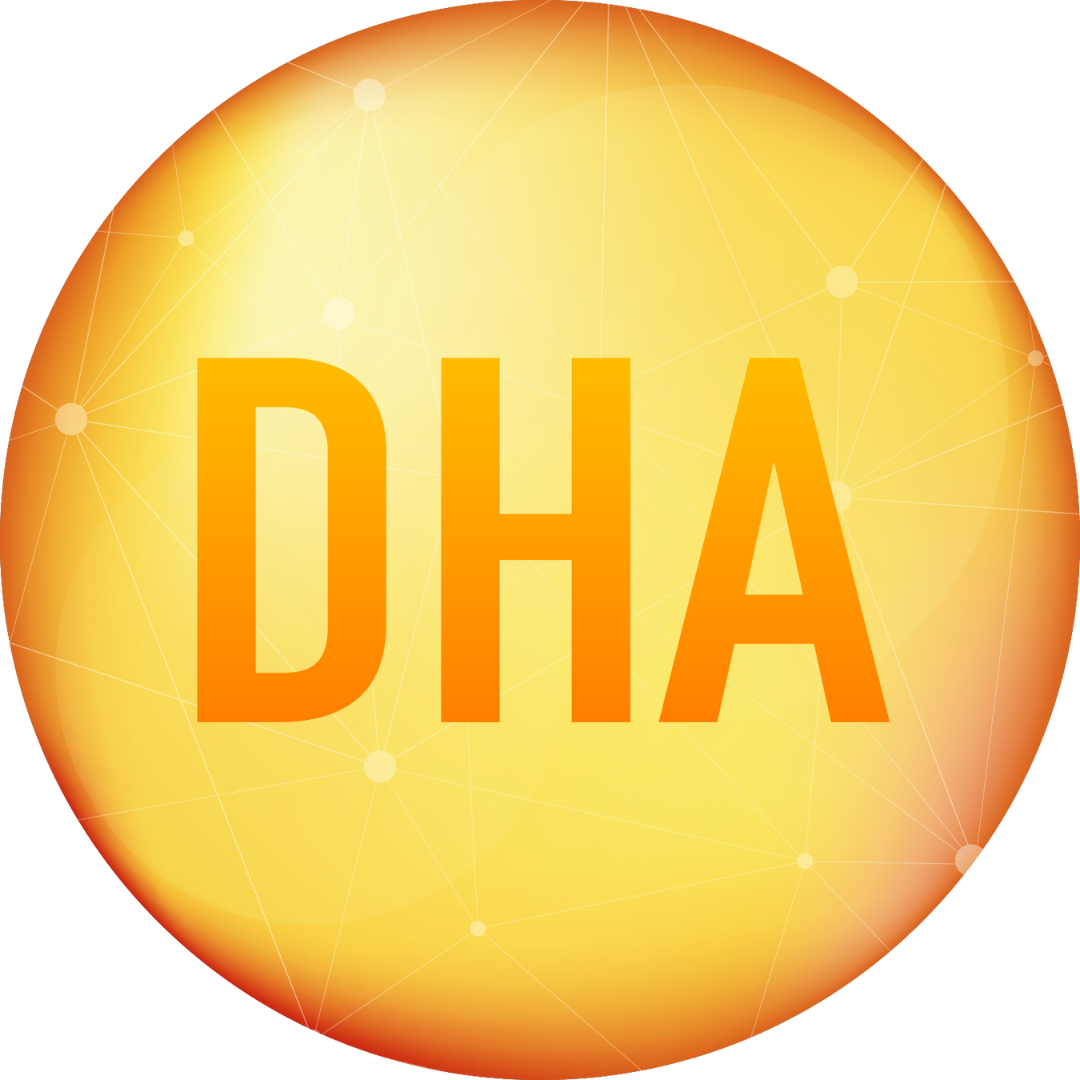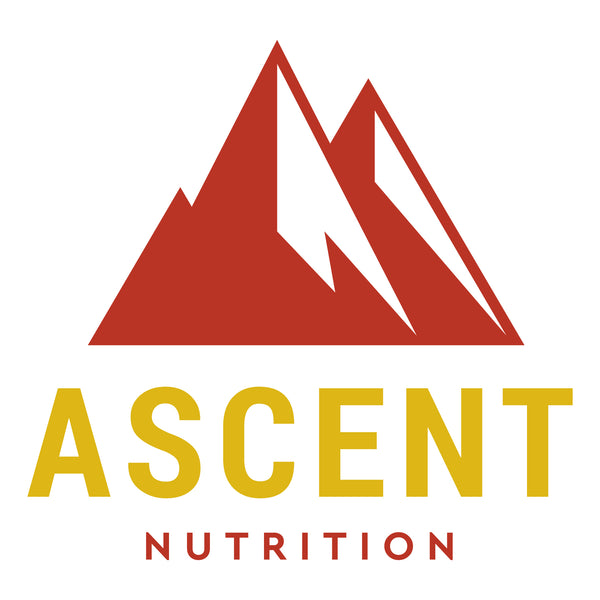
The DHA Regimen
As it is known in the medicine, nutrition and wellness fields, there are many different regimens or programs out there that can be used for a variety of reasons as they relate to human health.
Many of these work and one of the main components in the usefulness of a regimen is that dosages and time-specific goals can be given for intended outcomes.
With my interest in neurogenesis, nutrition, health, nootropics and brain enhancement, I have naturally sought to bring specific information out that can have a beneficial impact on the brain and the body in easy, practical ways.
One such way is with a simple, but effective regimen that supports the actual process of neurogenesis itself and can have deep effects for many different people in several other beneficial ways.
The DHA Regimen
The overall aim with The DHA Regimen is to help educate people on the foundational and fundamental importance of DHA (Docosahexaenoic acid) in the proper development and maintenance of the brain and nervous system in children and adults.
It is also the intention that this information helps many health enthusiasts to better support their health as well as help clinicians and practitioners support the health of those they serve.
To begin, The DHA Regimen isn’t something that you buy.
The DHA Regimen is something anyone can participate in, regardless of one’s diet and lifestyle.
The DHA Regimen is a guideline and goal of 1,000-2,000 mg of DHA and EPA per day to optimally support the brain, nervous system, cardiovascular system, eyes and more.
1,000-2,000 mg of the omega-3’s DHA and EPA have been shown to be the amount needed per day to raise a person’s omega-3 index percentage. [1]
The omega-3 index percentage is the amount of DHA and EPA that is in our red blood cell membranes and is a commonly used and internationally respected measurement test. [2]
Percentages for the average American is around 3-4%, whereas optimal percentages range from 8-10%. [3] [4]
It has been shown in human clinical studies from both fish oil and algae oil that a total of 1,000-2,000 mg of DHA and EPA per day is enough to raise a person’s omega-3 index of 4% to 8% or more within 3-6 months, depending on the person. This is what some call “peak omega-3 levels” and these levels are known to be beneficial to human health. [5] [6]
In addition to raising the omega-3 index percentage, optimal DHA consumption ensures healthy levels of synaptamide production.
Synaptamide (N-docosahexenoyethanolamine) is an anandamide-like and endocannabinoid-like compound that is synthesized from DHA in the brain and it helps to promote neurite growth, synaptogenesis and neurogenesis in developing neurons. [7]
In other words, for synaptamide to be produced at healthy levels, DHA needs to be present.
Stepping back even further, let’s put these two main pieces of information together to lay out what The DHA Regimen does even more specifically:
The DHA Regimen supports peak omega-3 levels, synaptamide production and neurogenesis at 1,000-2,000 mg of DHA and EPA per day over a period of 3-6 months.
This means that if you are consuming 1,000-2,000 mg of DHA and EPA per day, you’re already participating in and achieving the dosage goal of The DHA Regimen.
This also means that at those dosage levels, you’re actually stimulating the process of neurogenesis, while simultaneously supporting a goal of a healthy omega-3 index percentage.
Amounts and DHA
While DHA and EPA are both stored and utilized in the brain, amongst other places in the body, it is DHA that sits right around 90% of the brain’s biological requirements. [8]
Recall that DHA is a structural component of neuronal membranes and facilitates a range of actions and benefits for the human brain, nervous system and more.
It not only induces Synaptamide production, DHA has been shown to increase brain-derived neurotrophic factor (BDNF) and nerve growth factor (NGF). [9] [10]
The most common method of DHA consumption is through eating fish; and in particular, salmon.
DHA is also present in other foods, but often in much lower quantities.
An average serving of salmon (3 oz) will provide about 1240 mg of DHA. [11]
This means that over a course of a week, a person would need to consume about 5.6-11.2 servings of salmon per week for a person to reach the 1,000-2,000 mg of DHA per day. (7,000-14,000 mg of DHA per week)
As of 2019, which was NOAA’s latest update on these numbers, the average American is only reaching a little over 2,400 mg of DHA per week. [12]
Eating 5.6 to 11.2 servings of salmon is attainable by some, but isn’t typically accomplished by the average person. There also resides the natural questions of actual DHA content in each serving of salmon, due to variations in food consumption by the salmon, the water quality the salmon is swimming in and concerns with heavy metal and other environmental pollutant contamination.
Algae Is The Source of DHA
For those that don’t consume fish or other foods that contain large amounts of DHA, adding in adequate doses of DHA for one’s intended health goals can be easily accomplished.
It can also be easily accomplished for those who do consume some salmon or fish, but want to reach 1,000-2,000 mg of DHA per day.
Nature’s original source of DHA comes from algae.
Fish eat the algae and incorporate the DHA fatty acids into their cellular membranes.
This means that we can go direct to the source for our DHA.
As I learned this information about the algae being the source, I was motivated to bring out the pure, original and clean source of DHA to more people.
Ascent Nutrition has its standards set for rare, unique, clean and hard-to-find nutrients that offer benefits to people that can actually be felt.

These pure, clean, authentic and unique traits are what I’ve sought after most when it comes to products I personally consume in my life and it is these same traits that are naturally present in the Algae Oil DHA product we proudly provide through Ascent Nutrition.
Because of my interest in sharing the information of The DHA Regimen and how it can help many people, I wanted to provide not just the information of the Regimen, but also the pure, clean source of DHA in its golden oil form, so that as many people as possible can have access to it and the benefits it can provide.
Ascent Nutrition’s Algae Oil DHA uses a specific wild-type strain of algae that is uniquely water extracted and naturally produces a clean, pure and potently concentrated golden algae DHA oil.
It is also 3rd party tested and has shown that it not only meets, but far exceeds cleanliness and safety standards set for microbial analysis testing and the testing of heavy metals like arsenic, cadmium, lead and mercury.
The 2 oz bottle of golden DHA oil from algae contains a graduated glass tincture dropper that provides mL dosing that is easy to read and dose. Each 2.0 mL serving of Algae Oil DHA provides 1,000 mg of DHA and 10 mg of EPA.
Summary
The DHA Regimen is a guideline and goal of 1,000-2,000 mg of DHA and EPA per day to optimally support the brain, nervous system, cardiovascular system and more. These levels require enough consumption throughout the week, which are typically obtained through fish.
These levels can be also reached by including nature’s original source of DHA: algae oil.
DHA and EPA dosages at the levels of 1,000-2,000 mg of DHA and EPA per day taken over time have shown that a person’s omega-3 index percentage can increase to the healthy 8% and above range.
Dosages at these levels also promote healthy synaptamide production, NGF production, BDNF production and promotes the process of neurogenesis.
The DHA Regimen was created to help educate people on the foundational and fundamental importance of DHA with the intention that this information helps many humans to better support their health as well as help clinicians and practitioners support the health of those they serve.
Click here to view Ascent Nutrition Algae Oil DHA
Lance Schuttler, CEO of Ascent Nutrition
This article was originally created and published by Lance Schuttler and is published here under a Creative Commons license with attribution to Lance Schuttler and Lance Schuttler.com It may be re-posted freely with proper attribution, author bio, and this copyright statement.
References
[1] https://academic.oup.com/ajcn/article/110/4/1034/5545309?
[2] https://omegaquant.com/what-is-the-omega-3-index/
[3] https://ods.od.nih.gov/factsheets/Omega3FattyAcids-HealthProfessional/
[4] https://www.sciencedirect.com/science/article/abs/pii/S0091743504000878
[5] https://academic.oup.com/ajcn/article/110/4/1034/5545309?
[6] https://pubmed.ncbi.nlm.nih.gov/16296399/
[7] ncbi.nlm.nih.gov/pmc/articles/PMC3775276
[8] https://www.ncbi.nlm.nih.gov/pmc/articles/PMC4772061/
[9] nature.com/articles/s41598-020-67868-9
[10] tandfonline.com/…0.1080/13880200902902497
[11] ods.od.nih.gov/…/Omega3FattyAcids-HealthProfessional
[12] media.fisheries.noaa.gov/…/fus-2019-fact-sheet-v4.2-webready.pdf
